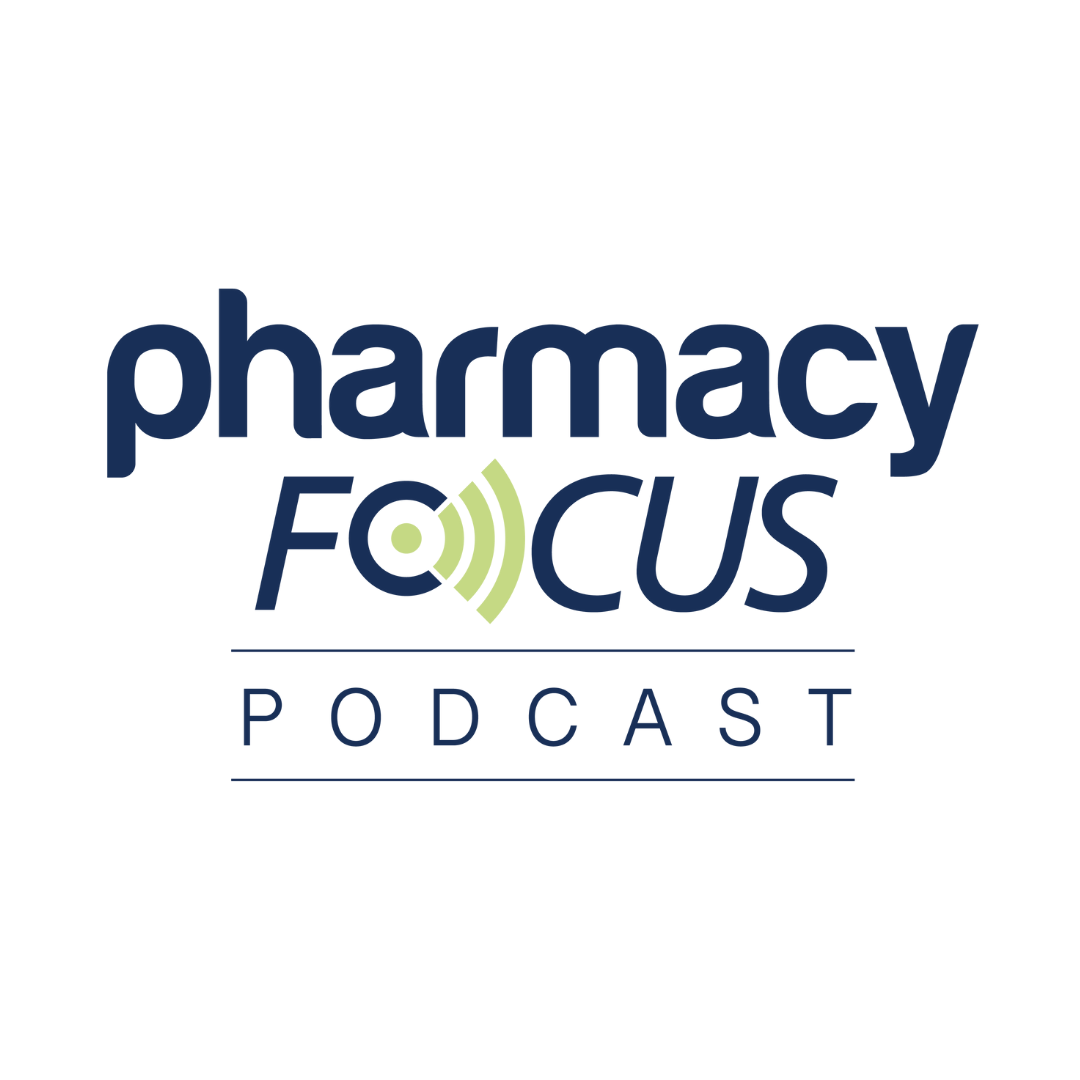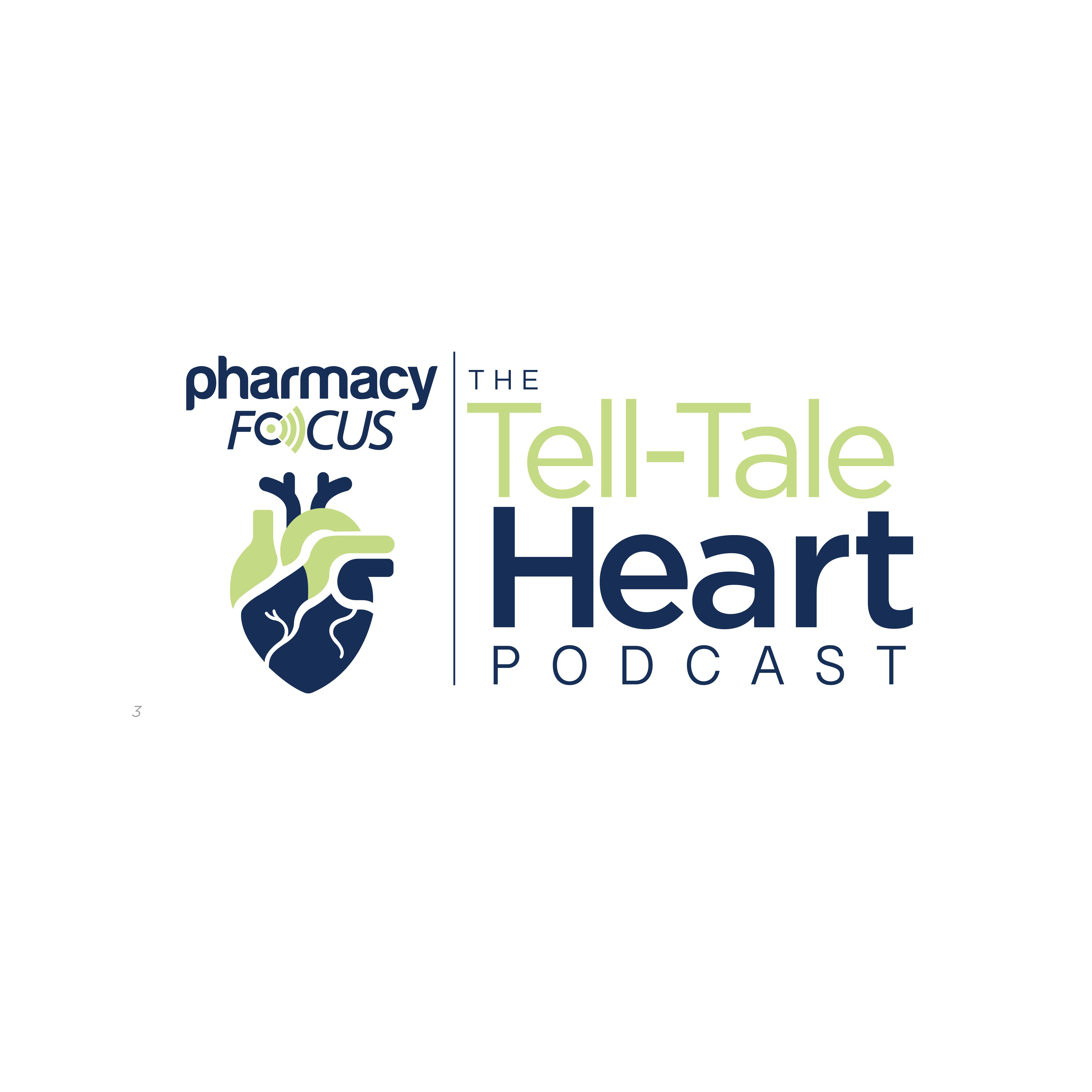News
Article
Addressing Pharmacy Deserts and Expanding the Pharmaceutical Workforce
Author(s):
Key Takeaways
- Pharmacy deserts, with limited access to pharmacies, are increasing due to closures, affecting both patients and pharmacy students' training opportunities.
- UCSF and Walgreens initiatives focus on boosting pharmacy school enrollment and modernizing practice through educational pathways and talent innovation.
Innovative strategies are essential to recruit pharmacy students and transform practices, ensuring equitable access to pharmacy services in underserved areas.
To address pharmacy deserts and improve health outcomes for patients, effective approaches and processes for recruiting and training pharmacy students must be implemented, according to a panel of speakers during a session at the 2025 National Academies of Sciences, Engineering, and Medicine (NASEM) Innovations in Pharmacy Training and Practice To Advance Patient Care: A Workshop in Washington, DC. During the session, the speakers emphasized a need for policy changes and practice transformation to better sustain community pharmacies.
Image credit: DusanJelicic | stock.adobe.com

Pharmacy Deserts
Expansion of pharmacy access is significant when trying to improve health outcomes in rural, suburban, and urban communities. A particular area where expansion is needed is in pharmacy deserts, which are areas where residents have limited access to a pharmacy, which are increasingly common as closures increase and applications to pharmacy school decrease. NASEM workshop speaker Delesha Carpenter, PhD, MSPH, explained that although approximately 90% of the US population lives within a 5-mile radius of a pharmacy, these distances are defined differently in particular areas. For example, individuals living in urban areas typically live within a mile radius from a pharmacy, whereas those in rural areas live within a 10-mile radius, noted Carpenter.
Carpenter explained further that nearly 57.1 million people live within these pharmacy deserts. Specifically, from 2018 to 2021, the rate of pharmacy closures exceeded openings, whereas from 2010 to 2021, there was a 7.7% higher open rate than closure rate.
“If you look over the [2018 to 2021] period, independent pharmacies were more likely to close during that time. Also, pharmacies were more likely to close in Black and Latinx neighborhoods, as well as low-income urban neighborhoods, and a lot of these areas already have limited access to health resources, with hospital closures [and] limited access to substance use disorder treatments,” said Carpenter, a professor at the University of North Carolina Eshelman School of Pharmacy and director of the Rural Research Alliance of Community Pharmacies in Asheville. “So, when we see these pharmacy closures, they're particularly impactful.”
In addition to patients, students in pharmacy graduate programs are negatively impacted by pharmacy closures as well. As pharmacies close, there is less access for student experimental rotations as well as less student exposure to pharmacies which serve high-need communities. As an example, Carpenter points to her own students who lost 12 total rotations as a result of 2 pharmacies closing.
Dwindling Pharmacy School Enrollment: UCSF and Walgreen's Initiatives
NASEM workshop speaker Sharon Youmans, PharmD, MPH, explained that as pharmacists lose positions and seek employment opportunities, finding work may become increasingly difficult amid a changing health care landscape.
“[Although] over the last 25 years the number of [pharmacy] schools in the United States have blossomed…everyone knows what has gone on [here], and we're going to see what happens as we move forward in this current climate that we're in,” said Youmans, a professor of clinical pharmacy and executive vice dean at the University of California San Francisco (UCSF)’s School of Pharmacy, during the NASEM workshop session. “But there are a lot of schools, so you would think that would be more access for people to be able to go to school, wherever they wanted to go; however, our application numbers tell us something different.”
Youmans pointed to a study that one of her fellows conducted that showed the positives and negatives that prospective students factor in when they consider applying to pharmacy school. Notable positives include the pharmacist’s status as the “most trusted health care professional” in the US and the prestige of the degree; however, negatives include the high cost of education and living, as well as the difficulty of the curriculum. As a method of promoting interest and providing support for prospective students, UCSF launched a BS to PharmD pathway and pharmacy technician to PharmD pathway, which help individuals gain the necessary education and experience to succeed in pharmacy school.
Following up on these programs, NASEM speaker Lorri Walmsley, RPh, FAzPA, director of pharmacy affairs, Walgreens, discussed the steps that Walgreens is taking to promote recruitment efforts within pharmacy. Positively, Walmsley noted that there was an observed uptick in the number of applicants, but she emphasized that implementing these efforts remains crucial.
“When we look at our solutions, we have really [have] 5 main pillars that we're focused on as an organization,” Walmsley said. “Overall, we're looking at pharmacy practice modernization—so, creating investments for the next generation of pharmacy—and transforming the operating model. So, how do we get more efficient with the people that we have, so that we can deliver more care? Then how do we develop core clinical programs that can deliver more chronic care management for patients, as well as profitable growth for the system? And then, how do we elevate the role of the pharmacist [and] really get [them] to be able to practice at the top level of their education and also choose to enter into community practice?”
With these questions in mind, Walmsley described Walgreens programs that aim to advance team member growth through talent innovation (eg, PharmStart, Pharmacy Educational Assistance Program, and Student Loan 401k Match Program), as well as redefine the future through technology (eg, micro-fulfillment centers, centralized services). Essentially, these address pharmacy staffing shortages and increased workload by fully funding pre-pharmacy curriculum for 300 pharmacy technicians, providing better scholarships for pharmacy interns, and adjusting the pre-existing 401k program for new graduates to match contributions towards student loan payments.
Further, to manage prescription volume in pharmacy deserts and free up pharmacists for clinical services, Walgreens utilizes their 12 micro-fulfillment centers that automate routine prescription filling, which handles approximately 40% of prescriptions for supported stores, and employs centralized services to manage data entry, data review, and phone calls, collectively offloading about 400 million tasks from community pharmacies last year.
Conclusion
The speakers emphasized that addressing the complex issues surrounding a lack of pharmacy school enrollment and the increasing pharmacy deserts requires not only strategic recruitment and training initiatives, but also crucial policy changes and practice transformations to ensure the sustainability of community pharmacies. By focusing on innovative solutions to support aspiring pharmacists, empower existing teams, and optimize operational efficiency, the pharmacy field can collectively work towards a future where all individuals—regardless of their location or socioeconomic status—have equitable access to essential pharmacy services and the comprehensive care pharmacists are trained to provide.
REFERENCE
Akiyode R, Carpenter D, Youmans S, Walmsley L. Building a Pharmacy Workforce That Serves Pharmacy Desert Areas and Expands the Pharmacy Workforce. Presented at: Innovations in Pharmacy Training and Practice To Advance Patient Care: A Workshop. Washington DC. May 29–May 30, 2025.
Newsletter
Stay informed on drug updates, treatment guidelines, and pharmacy practice trends—subscribe to Pharmacy Times for weekly clinical insights.






